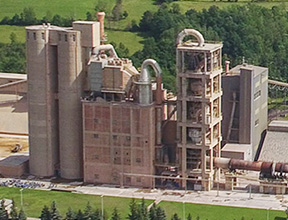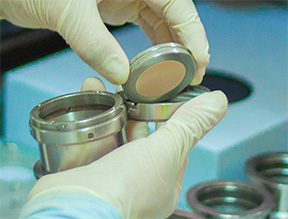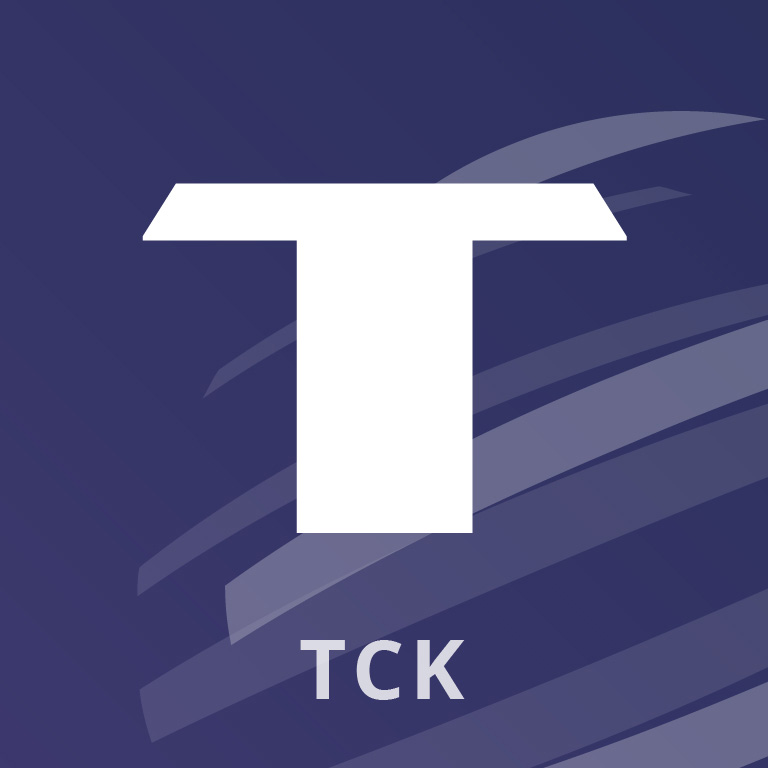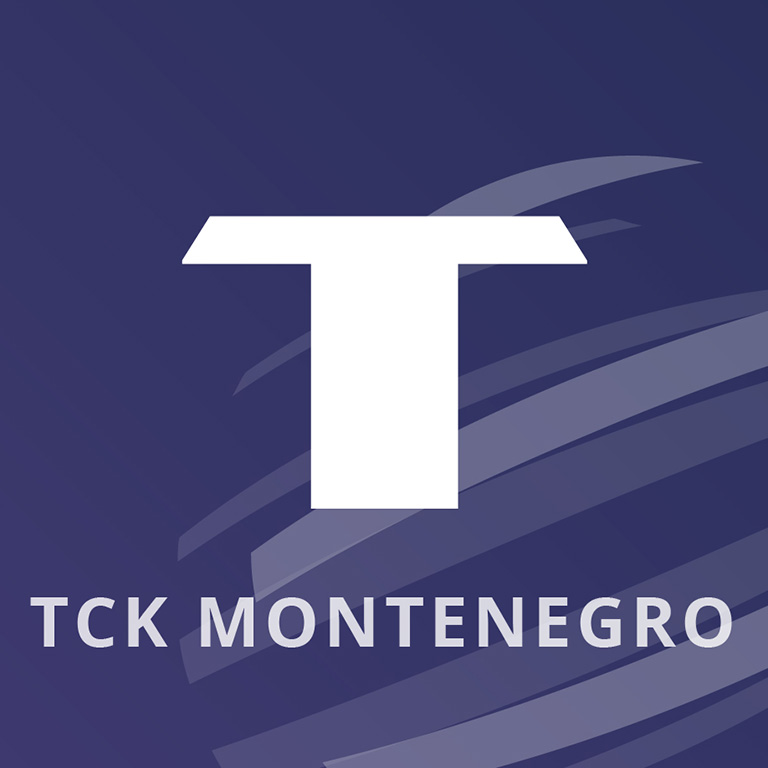| code | ESG Performance Indicators | Unit | 2023 | 2022 | 2021 | SDGs
and Targets | Page in
this Report |
| 4.1 Material Issue: Responsible Use of Resources |
| All Activities |
| 4.1 | Water consumption (total) | '000 m3 | 57.0 | 64.6 | 52.6 | 6.3
6.4
6.5 | 33 |
| 4.2 | Water withdrawal (total, by source)16 | '000 m3 | 99.7 | 104.1 | 84.7 |
| 4.3 | Groundwater | '000 m3 | 0.0 | 0.0 | 0.0 |
| 4.4 | Municipal water | '000 m3 | 42.7 | 39.5 | 32.1 |
| 4.5 | Rainwater | '000 m3 | 55.1 | 64.6 | 52.6 |
| 4.6 | Surface water | '000 m3 | 1.9 | 0.0 | 0.0 |
| 4.7 | Quarry water used (from quarry dewatering) | '000 m3 | 0.0 | 0.0 | 0.0 |
| 4.8 | Ocean or sea water | '000 m3 | 0.0 | 0.0 | 0.0 |
| 4.9 | Wastewater | '000 m3 | 0.0 | 0.0 | 0.0 |
| 4.10 | Water discharge (total, by destination)17 | '000 m3 | 42.7 | 39.5 | 32.1 |
| 4.11 | Surface (river, lake) | '000 m3 | 42.7 | 39.5 | 32.1 |
| 4.12 | Sub-surface water (well) | '000 m3 | 0.0 | 0.0 | 0.0 |
| 4.13 | Ocean or sea | '000 m3 | 0.0 | 0.0 | 0.0 |
| 4.14 | Off-site treatment | '000 m3 | 0.0 | 0.0 | 0.0 |
| 4.15 | Other | '000 m3 | 0.0 | 0.0 | 0.0 |
| 4.16 | Water recycled (total) | '000 m3 | 619.2 | 644.5 | 610.6 | |
| 4.17 | Water demand covered with recycled water | % | 86.1 | 86.1 | 87.8 | |
| Cement and Cementitious Production Activities |
| 4.18 | Water consumption (total) | '000 m3 | 57.0 | 64.6 | 52.6 | 6.3
6.4
6.5 | 33 |
| 4.19 | Water withdrawal (total)16 | '000 m3 | 99.7 | 104.1 | 84.7 |
| 4.20 | Water discharge (total)17 | '000 m3 | 42.7 | 39.5 | 32.1 |
| 4.21 | Water recycled (total) | '000 m3 | 619.2 | 644.5 | 610.6 |
| 4.22 | Specific water consumption | l/t Product* | 91.3 | 100.4 | 90.1 |
| 4.23 | Specific water consumption | l/t Cement | 90.0 | 99.5 | 88.4 |
| 4.24 | Water demand covered with recycled water | % | 86.1 | 86.1 | 87.8 |
| All Activities |
| 4.34 | Natural raw materials extracted (total, wet) | million t | 0.9 | 0.8 | 0.7 | 12.2 | 33 |
| 4.35 | Raw materials extracted for clinker and cement production | million t | 0.9 | 0.8 | 0.7 |
| 4.36 | Raw materials extracted for aggregates | million t | 0.0 | 0.0 | 0.0 |
| Cement Production Activities |
| 4.37 | Materials consumption (total, dry) | million t | 0.9 | 0.9 | 0.8 | 12.2
12.4
12.5 | 33 |
| 4.38 | Extracted (natural) raw materials consumption (dry) | million t | 0.7 | 0.8 | 0.7 |
| 4.39 | Alternative raw materials consumption (dry) | million t | 0.1 | 0.1 | 0.1 |
| 4.40 | Alternative raw materials use (of total raw materials consumed) | %Dry | 13.7 | 12.1 | 9.8 |
| 4.41 | Alternative raw materials rate (based on clinker-to-cement (equivalent) factor) | %Dry | 17.0 | 15.2 | 11.9 |






